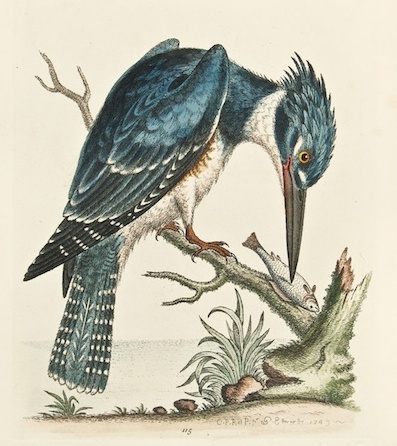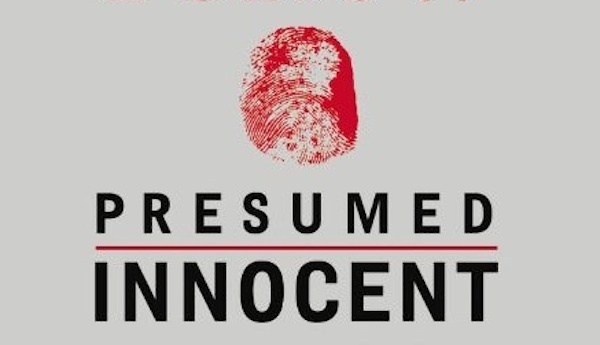If you enjoy holiday light displays,This Ain't Avatar XXX Porn Parody check out this brilliant string of lights illuminating deep space.
Astronomers used the James Webb Space Telescope to observe a "Herbig-Haro object," formed when a newborn star tosses jets of material back into interstellar space and creates a grand illumination. What they found was a surprise that only Webb's piercing infrared vision could reveal.
Once thought to be a single baby star doing what baby stars do best — spitting up — this Herbig-Haro object, known as HH 797, is actually the handiwork of two stars that are so close together in the sky, they appear to be one. Cosmic experts refer to this as a double star.
It's as if an obstetrician got a closer look at a high-resolution sonogram and suddenly discovered twins.
"We can see that what was thought to be one outflow is in fact made up of two almost parallel outflows with their own separate series of shocks," according to the European Space Agency, which collaborates with NASA and the Canadian Space Agency on the leading space observatory. "Each star is producing its own dramatic outflow."
HH 797, the sprawling strand at the bottom of the image, is near the young open star cluster IC 348, just east of the Perseus constellation's dark cloud complex. These newborn stars, which astronomers also refer to as "protostars," are launching jets that smash through the surrounding gas and dust cloud at break-neck speed, producing shockwaves that heat the gas and cause it to glow.
Webb, which began taking deep space images in 2022, is a powerful tool for studying baby stars and their "spit-up." These young stars are still within their original nests of gas and dust, which conceal from other kinds of telescopes what's going on within these stellar nurseries.
But Webb's cameras, built to sense light waves that have stretched with the expansion of space, can detect the infrared light thrown out in the stars' jets. Astronomers said Webb has picked up molecules excited by the strong shockwaves, including hydrogen and carbon monoxide.
 HH 797, the sprawling strand at the bottom of the image, is near the young open star cluster IC 348, just east of the Perseus constellation's dark cloud complex. Credit: ESA / NASA / CSA / T. Ray (Dublin Institute for Advanced Studies)
HH 797, the sprawling strand at the bottom of the image, is near the young open star cluster IC 348, just east of the Perseus constellation's dark cloud complex. Credit: ESA / NASA / CSA / T. Ray (Dublin Institute for Advanced Studies) Want more scienceand tech news delivered straight to your inbox? Sign up for Mashable's Light Speed newslettertoday.
"The infrared emission of the star’s outflows penetrates the obscuring gas and dust," according to ESA, "making Herbig-Haro objects ideal for observation with Webb’s sensitive infrared instruments."
And there's more to explore in this Webb image, astronomers say. Take a closer look at the top. The bright objects in the upper half of the snapshot are thought to be two more protostars.
Mazel Tov, universe!
(Editor: {typename type="name"/})
 Asus VivoWatch 6 AERO measures blood pressure and ECG
Asus VivoWatch 6 AERO measures blood pressure and ECG
 TikTok's white girl dancing trend is pure joy
TikTok's white girl dancing trend is pure joy
 The uncommon birds of George Edwards, born today in 1694
The uncommon birds of George Edwards, born today in 1694
 AI automation still poses accessibility issues, especially for audio transcription
AI automation still poses accessibility issues, especially for audio transcription
 How to unblock Xnxx for free
How to unblock Xnxx for free
Here are the glorious proposed logos for Donald Trump's Space Force
 Donald Trump really seems intent on making his proposed Space Force a thing. On Thursday morning, Vi
...[Details]
Donald Trump really seems intent on making his proposed Space Force a thing. On Thursday morning, Vi
...[Details]
‘Barbie’ tops $1 billion and a new record for female directors
 Greta Gerwig's Barbiehas broken a historic record by surpassing $1 billion in global box office tick
...[Details]
Greta Gerwig's Barbiehas broken a historic record by surpassing $1 billion in global box office tick
...[Details]
Nothing Is Alien: An Interview with Leslie Jamison
 Nothing Is Alien: An Interview with Leslie JamisonBy Merve EmreApril 7, 2014At WorkWhen Leslie Jamis
...[Details]
Nothing Is Alien: An Interview with Leslie JamisonBy Merve EmreApril 7, 2014At WorkWhen Leslie Jamis
...[Details]
Wordle today: Here's the answer and hints for August 6
 Can't get enough of Wordle? Try Mashable's free version now I
...[Details]
Can't get enough of Wordle? Try Mashable's free version now I
...[Details]
NYT Strands hints, answers for April 26
 If you're reading this, you're looking for a little help playing Strands, the New York Times' elevat
...[Details]
If you're reading this, you're looking for a little help playing Strands, the New York Times' elevat
...[Details]
 Dirty PartsBy Kate LevinJuly 9, 2013Department of Sex EdThe last time I slept with Carolyn she pushe
...[Details]
Dirty PartsBy Kate LevinJuly 9, 2013Department of Sex EdThe last time I slept with Carolyn she pushe
...[Details]
 On Knowing ThingsBy Sadie SteinApril 14, 2014Our Daily CorrespondentPhoto: Allen Timothy ChangYester
...[Details]
On Knowing ThingsBy Sadie SteinApril 14, 2014Our Daily CorrespondentPhoto: Allen Timothy ChangYester
...[Details]
Zoom might use your calls and data to train AI
 There's a chance your video calls will be used to train artificial intelligence. Zoom updated its te
...[Details]
There's a chance your video calls will be used to train artificial intelligence. Zoom updated its te
...[Details]
Best earbuds deal: Save 20% on Soundcore Sport X20 by Anker
 SAVE OVER $10:As of April 25, the Soundcore Sport X20 by Anker earbuds are on sale for $63.99 at Ama
...[Details]
SAVE OVER $10:As of April 25, the Soundcore Sport X20 by Anker earbuds are on sale for $63.99 at Ama
...[Details]
Facebook's smartwatch could sidestep Apple and Google's privacy push
 Back in February, a report surfaced detailing Facebook's plans to build a smartwatch with its own me
...[Details]
Back in February, a report surfaced detailing Facebook's plans to build a smartwatch with its own me
...[Details]
NYT Connections hints and answers for April 14: Tips to solve 'Connections' #673.

The Morning News Roundup for April 10, 2014

接受PR>=1、BR>=1,流量相当,内容相关类链接。